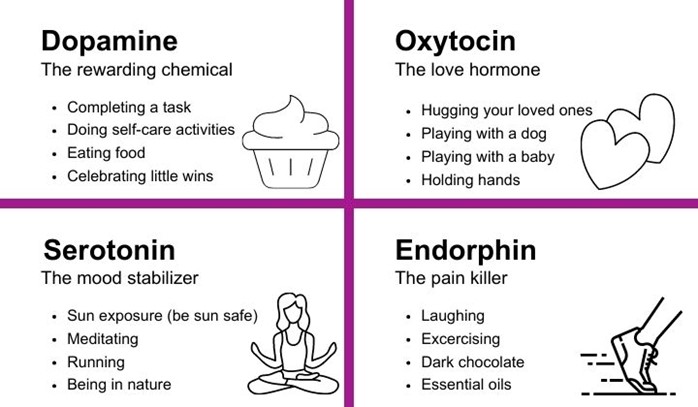A client who is hypotensive is receiving dopamine, an adrenergic agonist, IV at the rate of 8 mcg/kg/min. Which intervention should the nurse implement while administering this medication?
Assess pupillary response to light hourly.
Initiate seizure precautions.
Measure urinary output every hour.
Monitor serum potassium frequently.
The Correct Answer is C
Choice A: Assessing pupillary response to light hourly is not related to dopamine administration. Dopamine does not affect the pupils or the cranial nerves that control them.
Choice B: Initiating seizure precautions is not necessary for a client receiving dopamine. Dopamine does not lower the seizure threshold or cause convulsions.
Choice C: Measuring urinary output every hour is an important intervention for a client receiving dopamine. Dopamine increases blood pressure and cardiac output, which improves renal perfusion and urine production. Urinary output is an indicator of the effectiveness of dopamine therapy and renal function.
Choice D: Monitoring serum potassium frequently is not directly related to dopamine administration. Dopamine does not affect potassium levels or cause hyperkalemia or hypokalemia. However, potassium levels may be affected by other factors such as fluid balance, renal function, and medications.

Nursing Test Bank
Naxlex Comprehensive Predictor Exams
Related Questions
Correct Answer is A
Explanation
Choice A: Obtain a capillary glucose level. This is the first action that the nurse should do, as it can diagnose hypoglycemia, which is a low blood sugar level that can cause jitteriness and tachypnea in newborns. Hypoglycemia can be caused by maternal diabetes, prematurity, infection, or delayed feeding. The nurse should check the glucose level using a heel stick and a glucometer.
Choice B: Feed 30 mL of 10% dextrose in water. This is not the first action that the nurse should do, as it may not be appropriate for all newborns with jitteriness and tachypnea. Feeding 10% dextrose in water can raise the blood sugar level, but it may also cause rebound hypoglycemia or fluid overload. The nurse should feed only after confirming hypoglycemia and obtaining a healthcare provider's order.
Choice C: Wrap tightly in a blanket. This is not the first action that the nurse should do, as it may not address the underlying cause of jitteriness and tachypnea in newborns. Wrapping tightly in a blanket can prevent heat loss and conserve energy, but it may also impair breathing or circulation. The nurse should wrap only after ruling out other causes of jitteriness and tachypnea.
Choice D: Encourage the mother to breastfeed. This is not the first action that the nurse should do, as it may not be feasible or effective for all newborns with jitteriness and tachypnea. Breastfeeding can provide nutrition and bonding for newborns, but it may also be difficult or contraindicated for some newborns with respiratory distress or infection. The nurse should encourage breastfeeding only after assessing and stabilizing the newborn's condition.
Correct Answer is A
Explanation
Choice A: Obtain a blood pressure reading before the client gets out of bed. This is the most important intervention, as it can prevent or detect orthostatic hypotension, which is a drop in blood pressure when changing position from lying to standing. Orthostatic hypotension can cause dizziness, fainting, or falls, and it can be caused by medications, dehydration, or cardiac problems.
Choice B: Monitor and record the client's urinary output every day. This is not the most important intervention, as it does not address the client's anxiety or adjustment issues. The urinary output should be monitored for signs of fluid balance, kidney function, or infection, but it is not a priority for this client.
Choice C: Provide the client with teaching regarding a cardiac diet. This is not the most important intervention, as it does not address the client's anxiety or adjustment issues. The cardiac diet should be taught to promote heart health, lower cholesterol, and reduce sodium intake, but it is not a priority for this client.
Choice D: Assess the client's vital signs every 4 hours when awake. This is not the most important intervention, as it does not address the client's anxiety or adjustment issues. The vital signs should be assessed for signs of infection, pain, or hemodynamic instability, but they are not a priority for this client.
Whether you are a student looking to ace your exams or a practicing nurse seeking to enhance your expertise , our nursing education contents will empower you with the confidence and competence to make a difference in the lives of patients and become a respected leader in the healthcare field.
Visit Naxlex, invest in your future and unlock endless possibilities with our unparalleled nursing education contents today
Report Wrong Answer on the Current Question
Do you disagree with the answer? If yes, what is your expected answer? Explain.
Kindly be descriptive with the issue you are facing.
